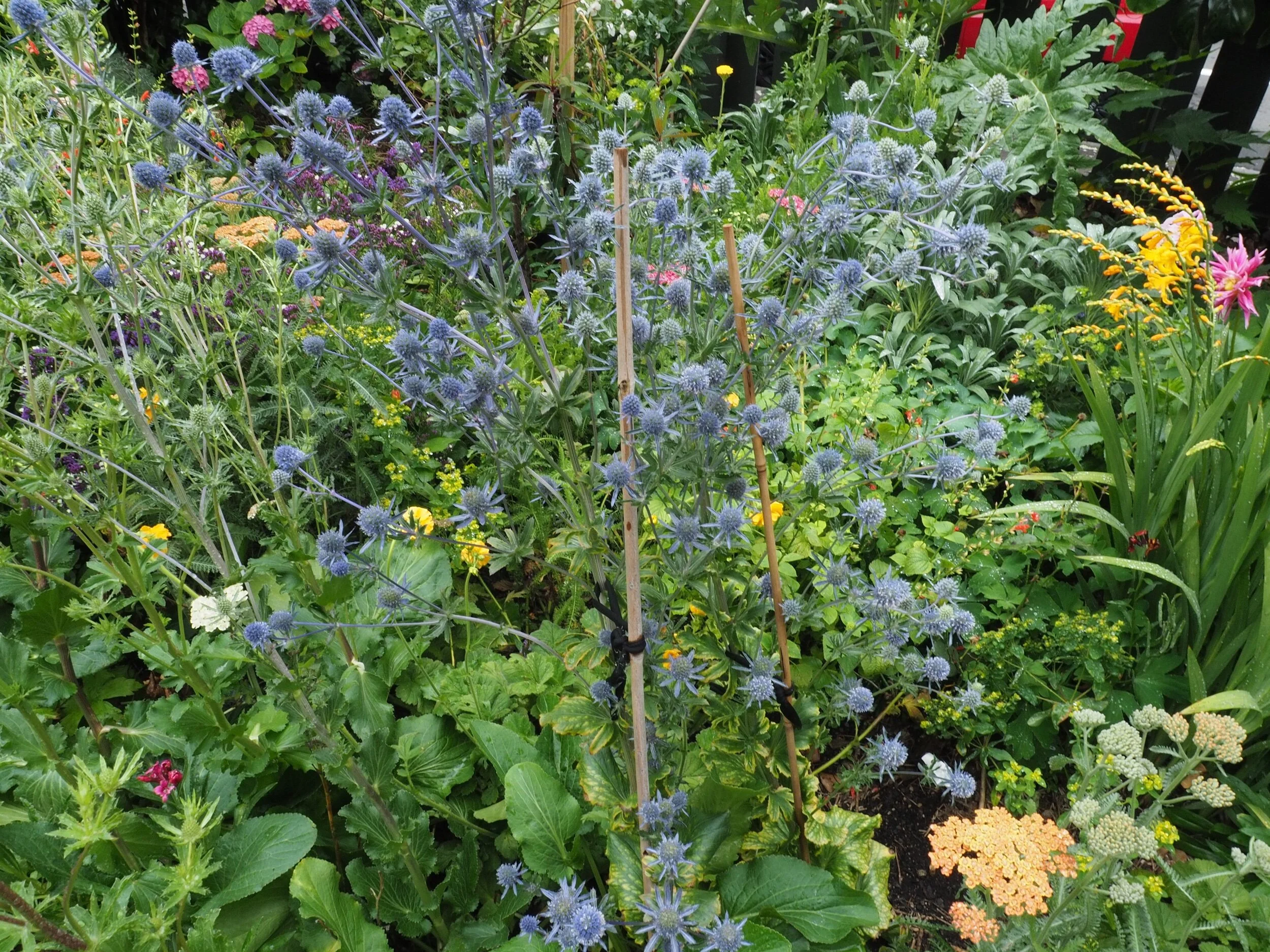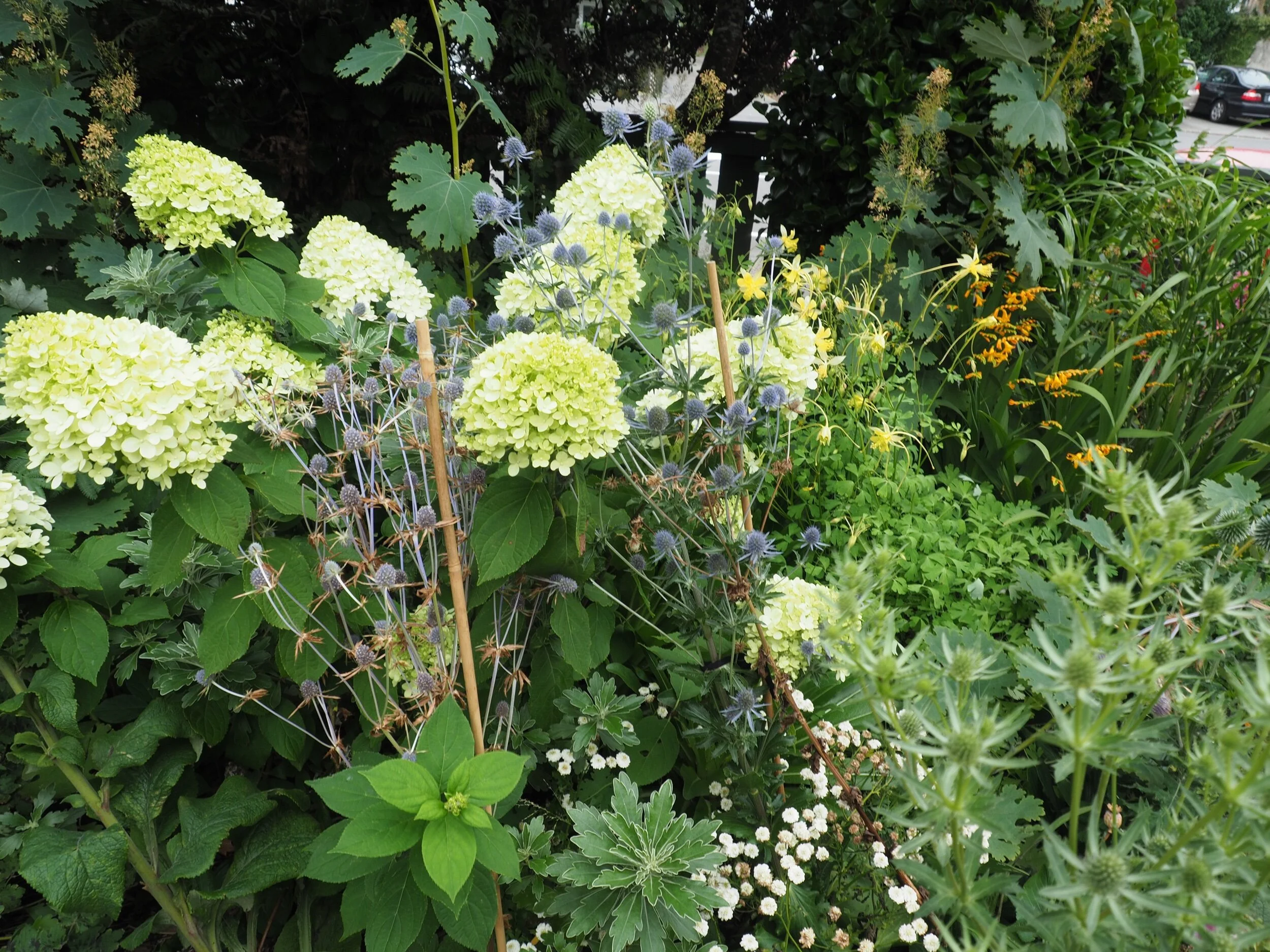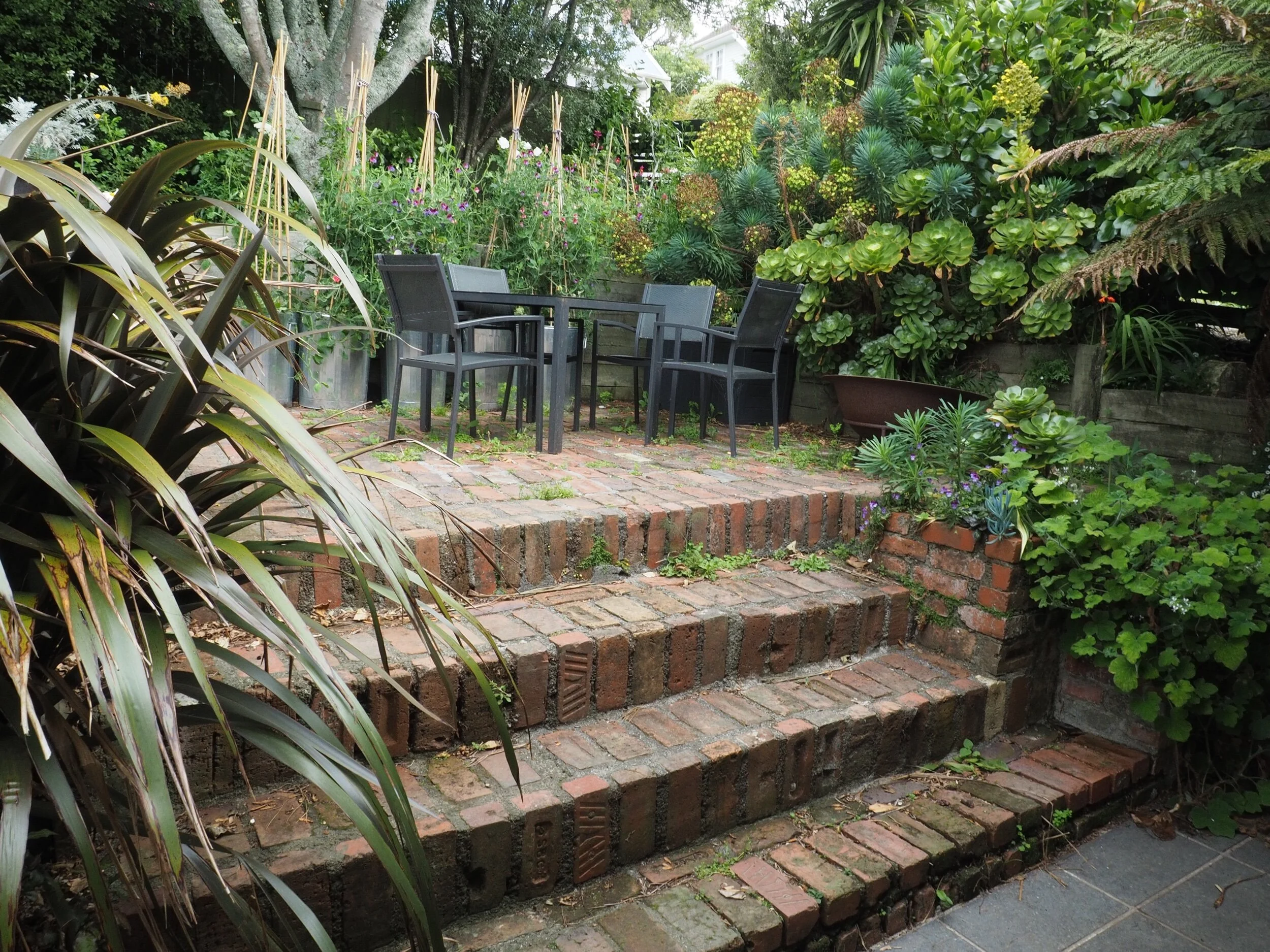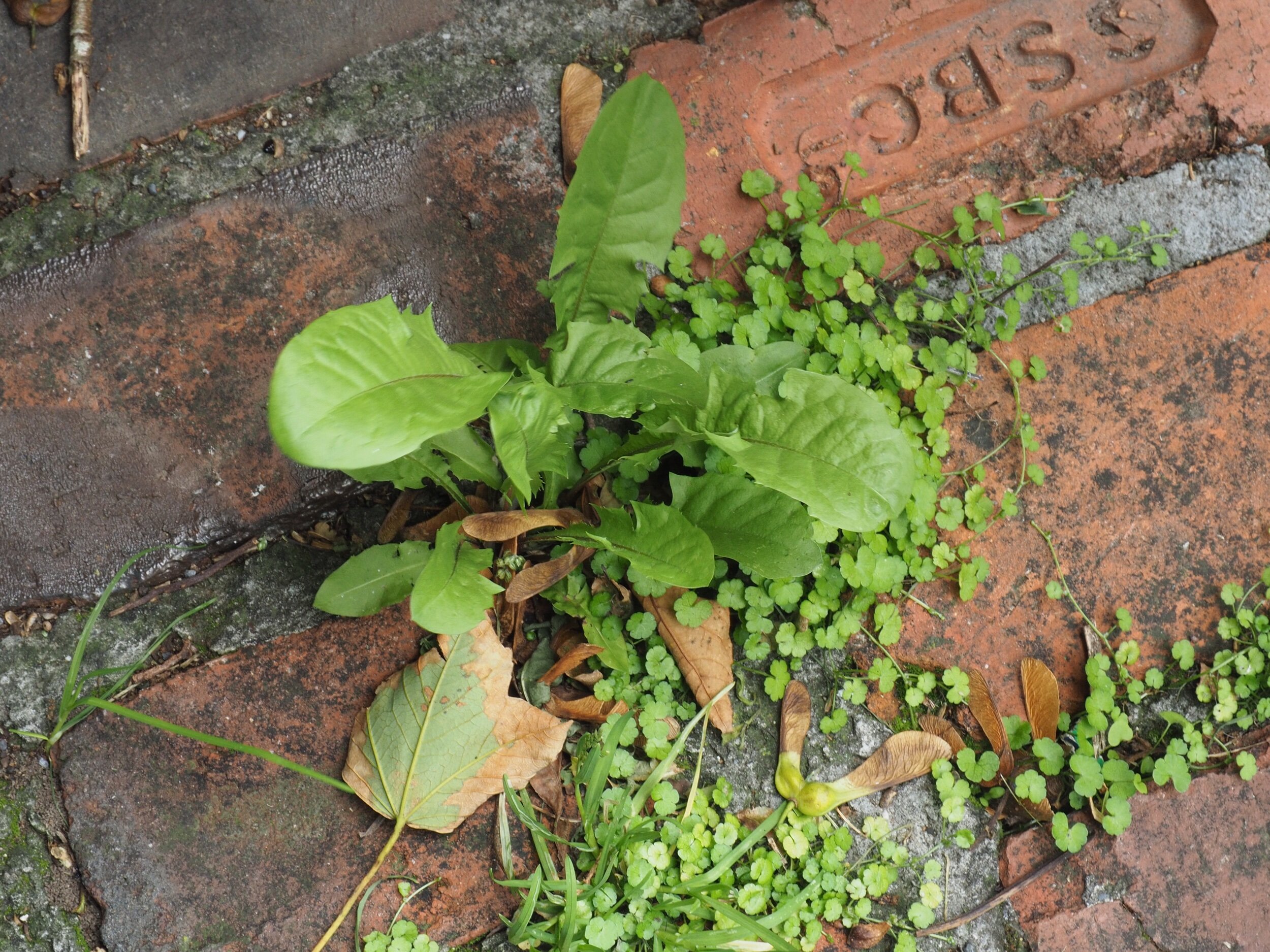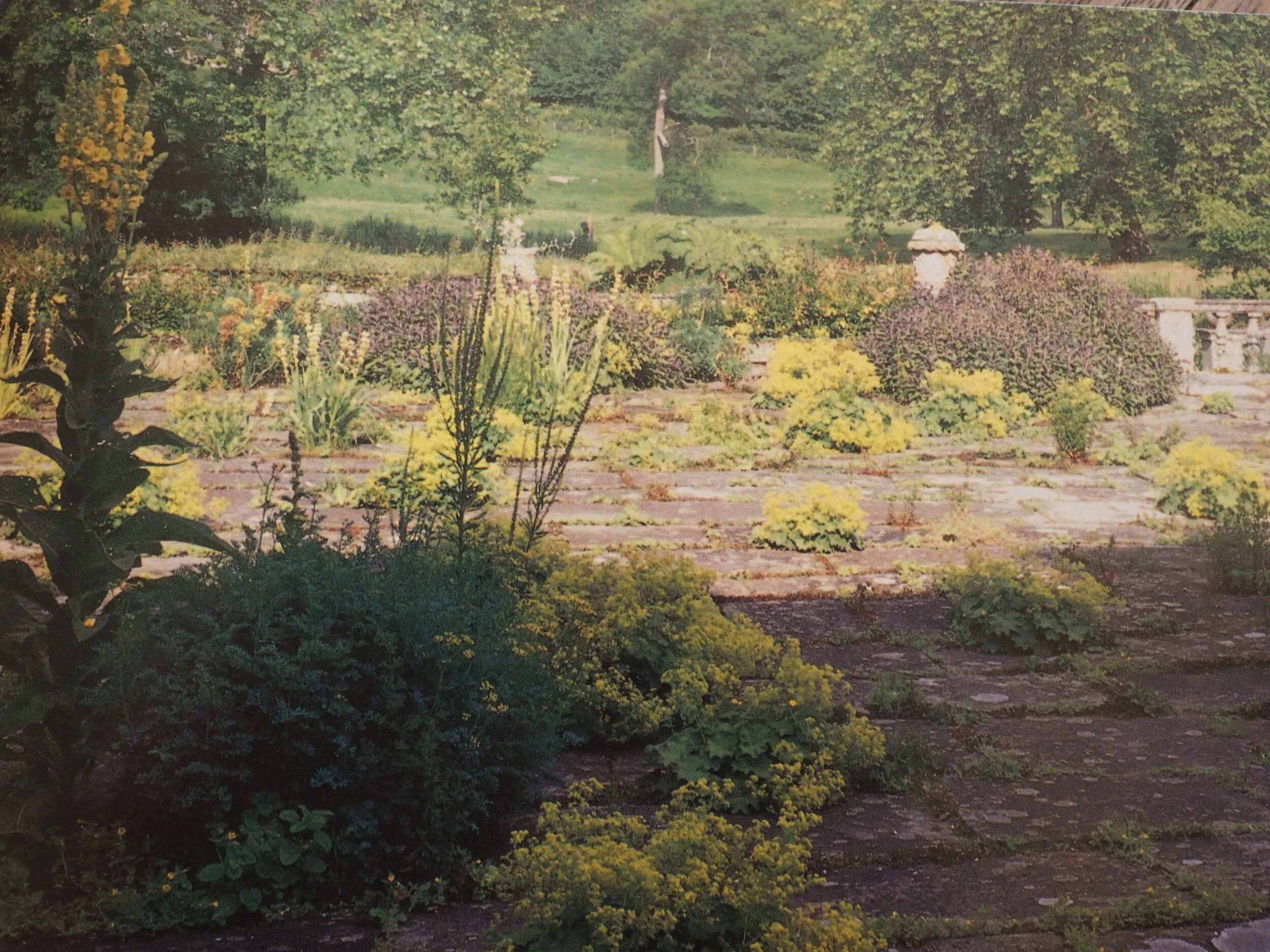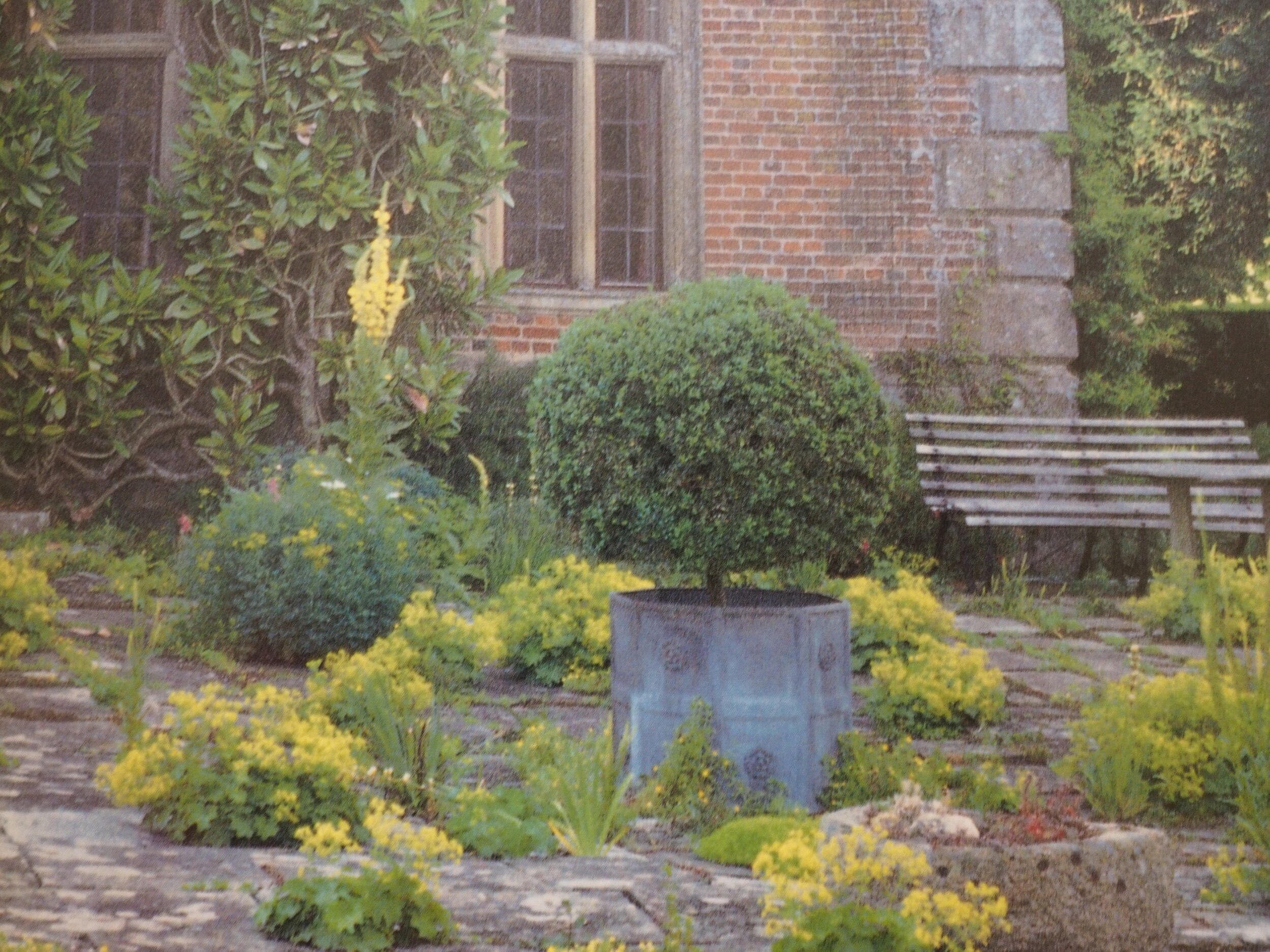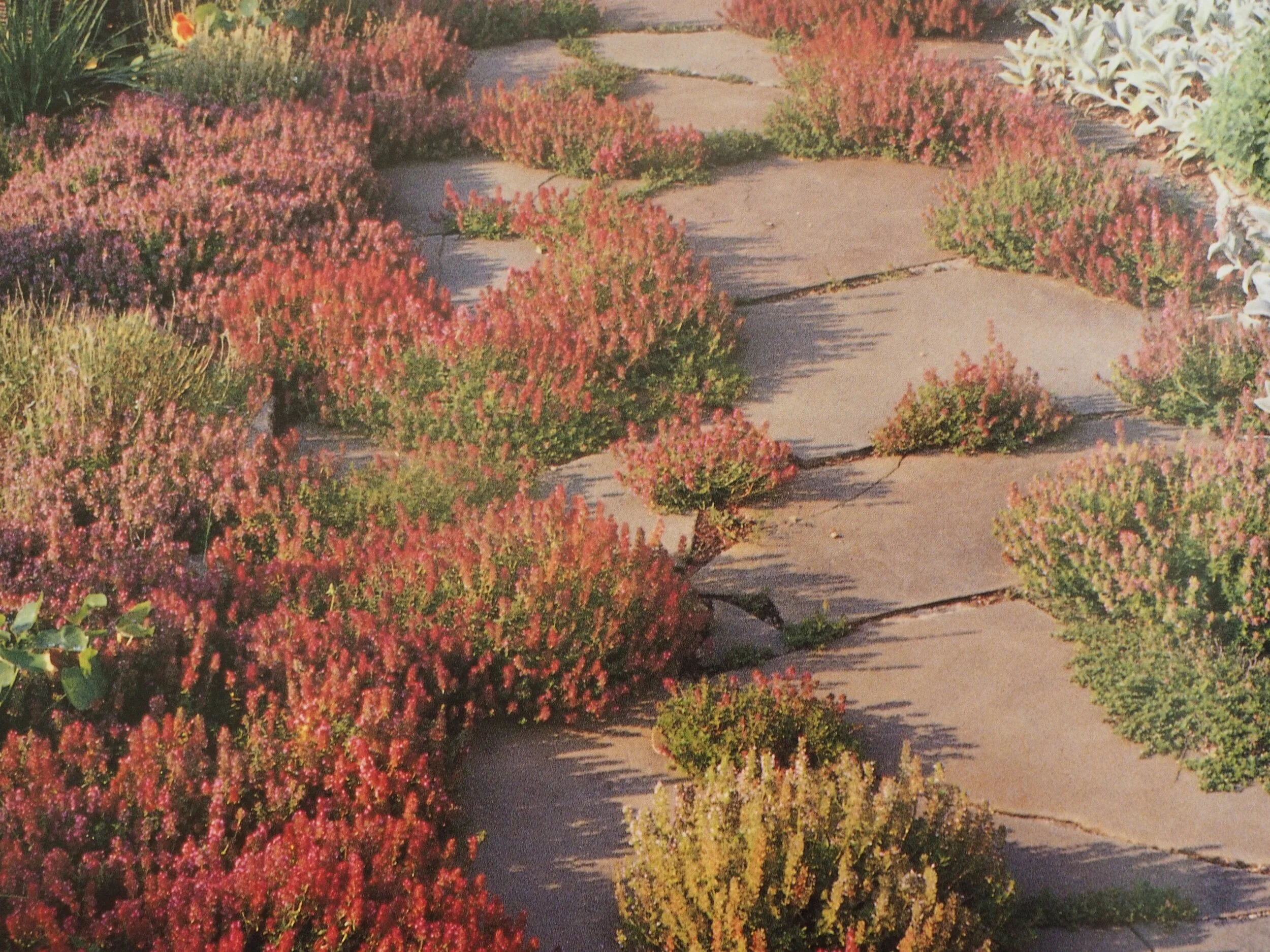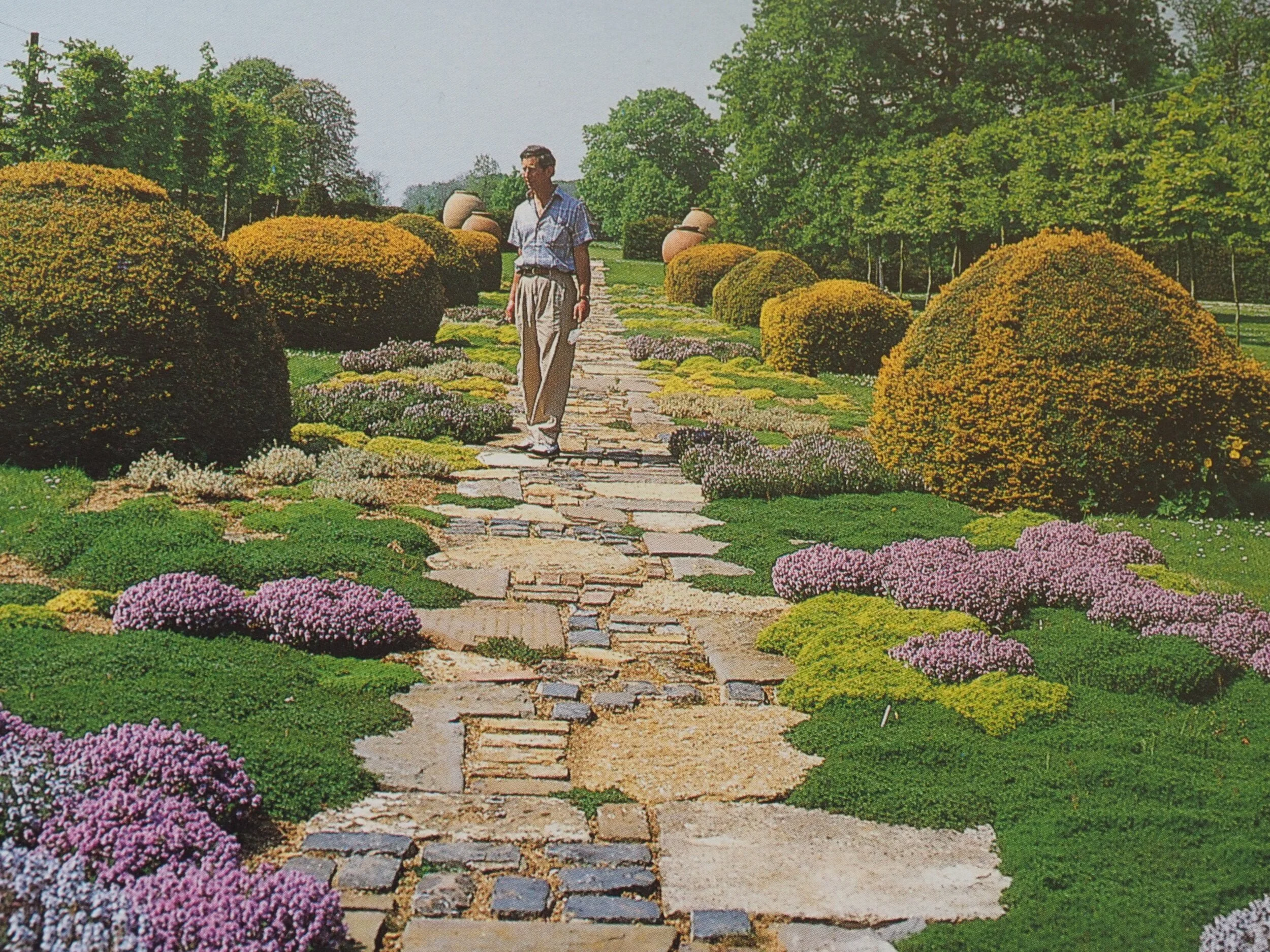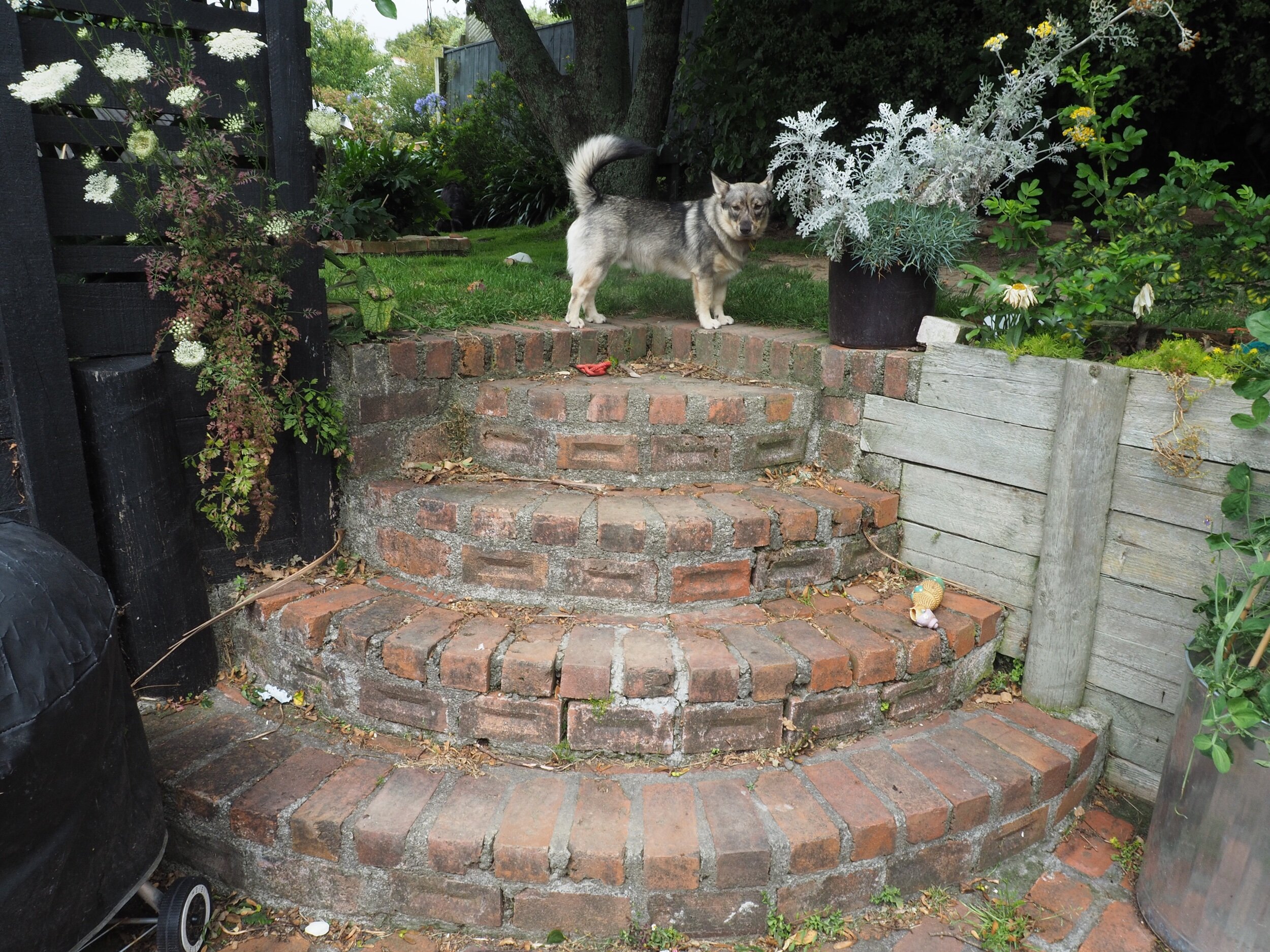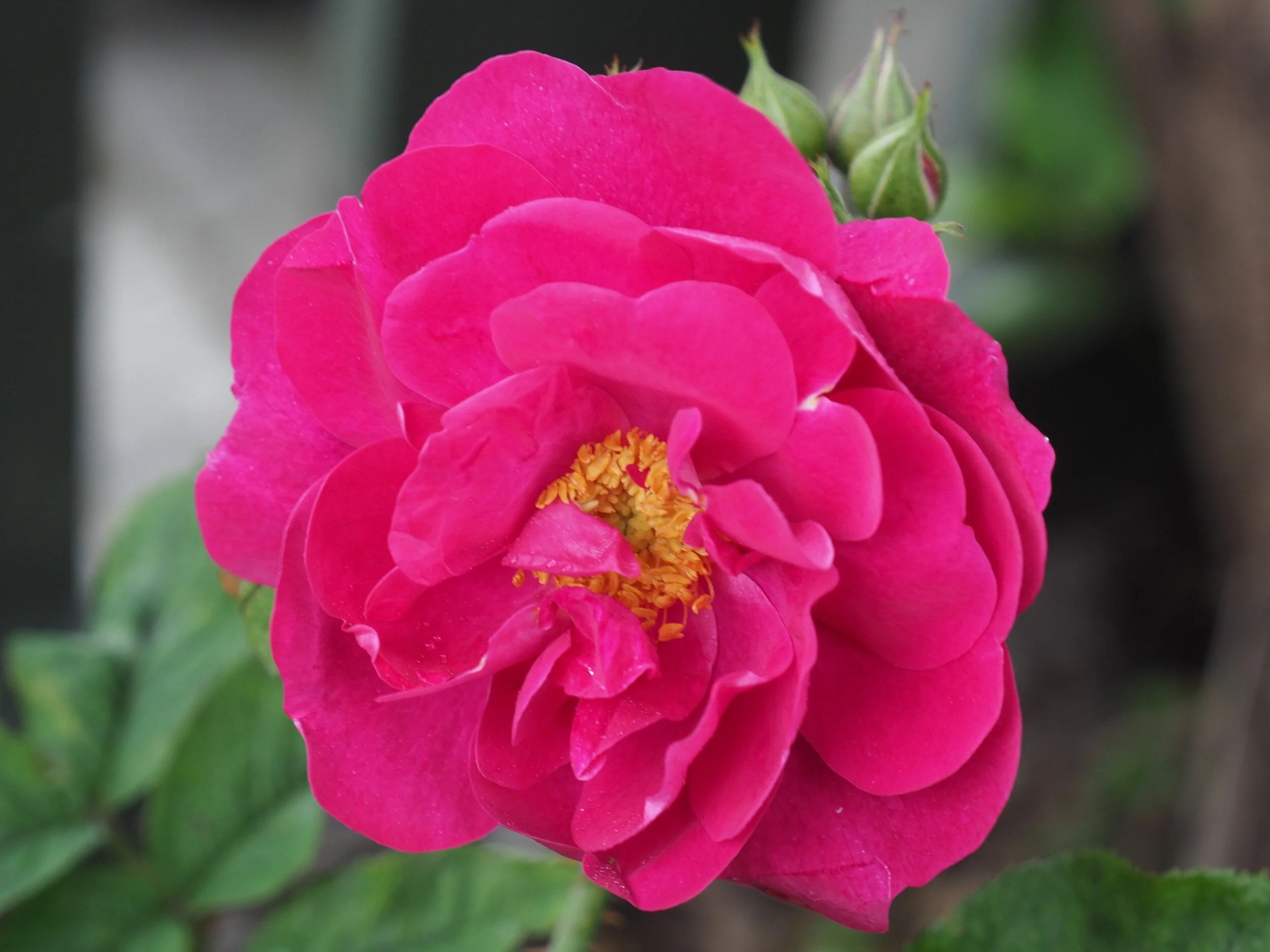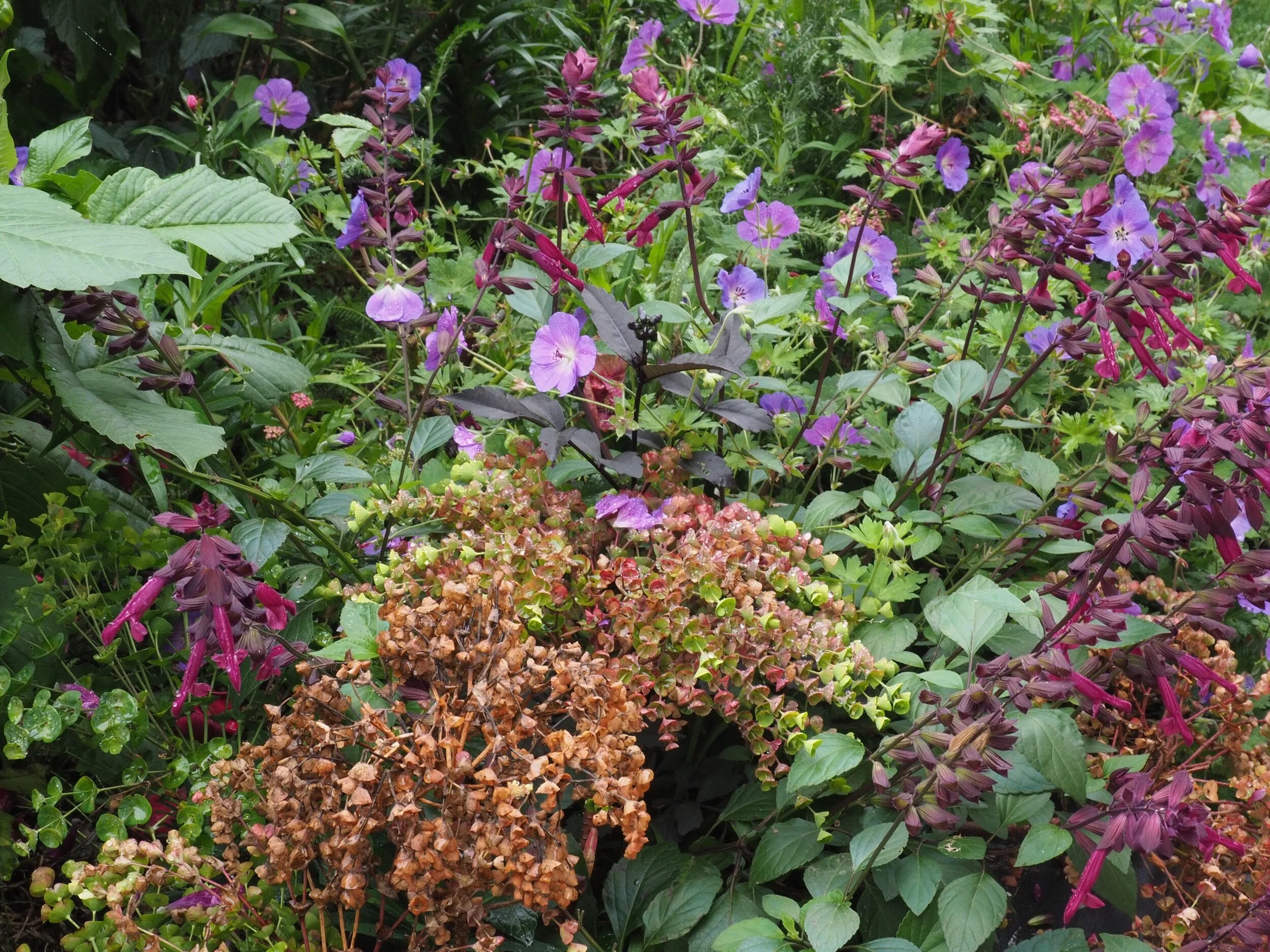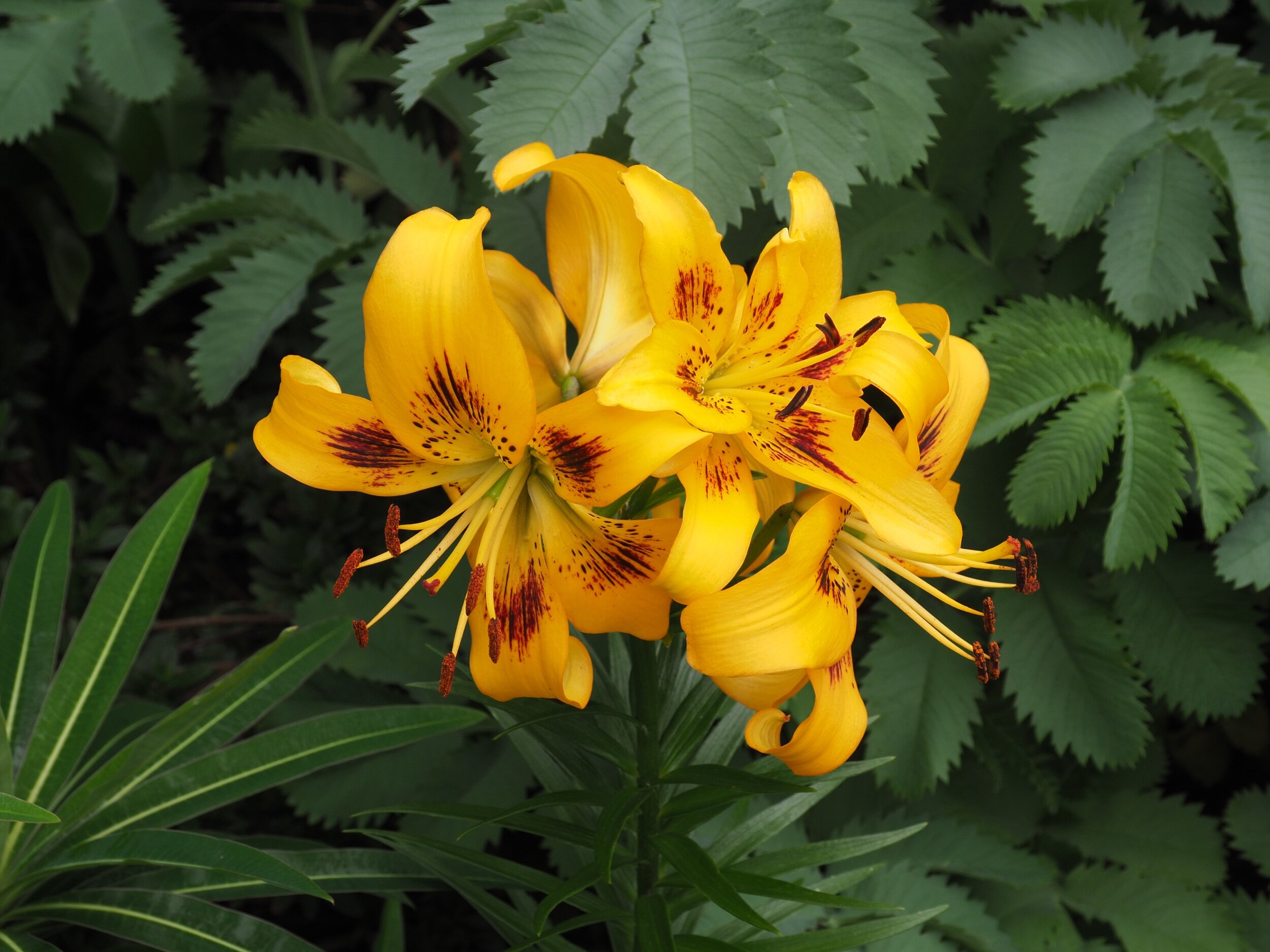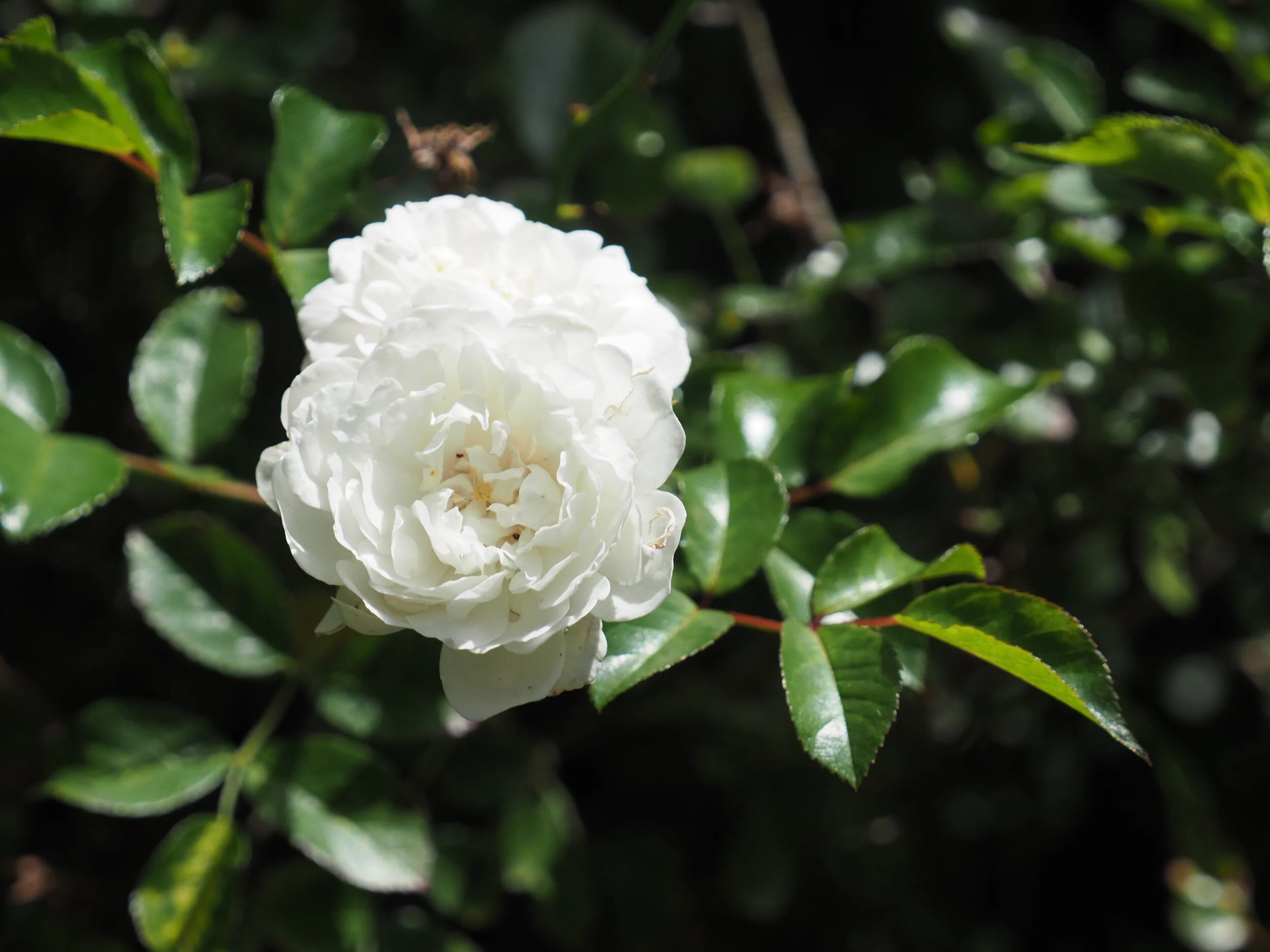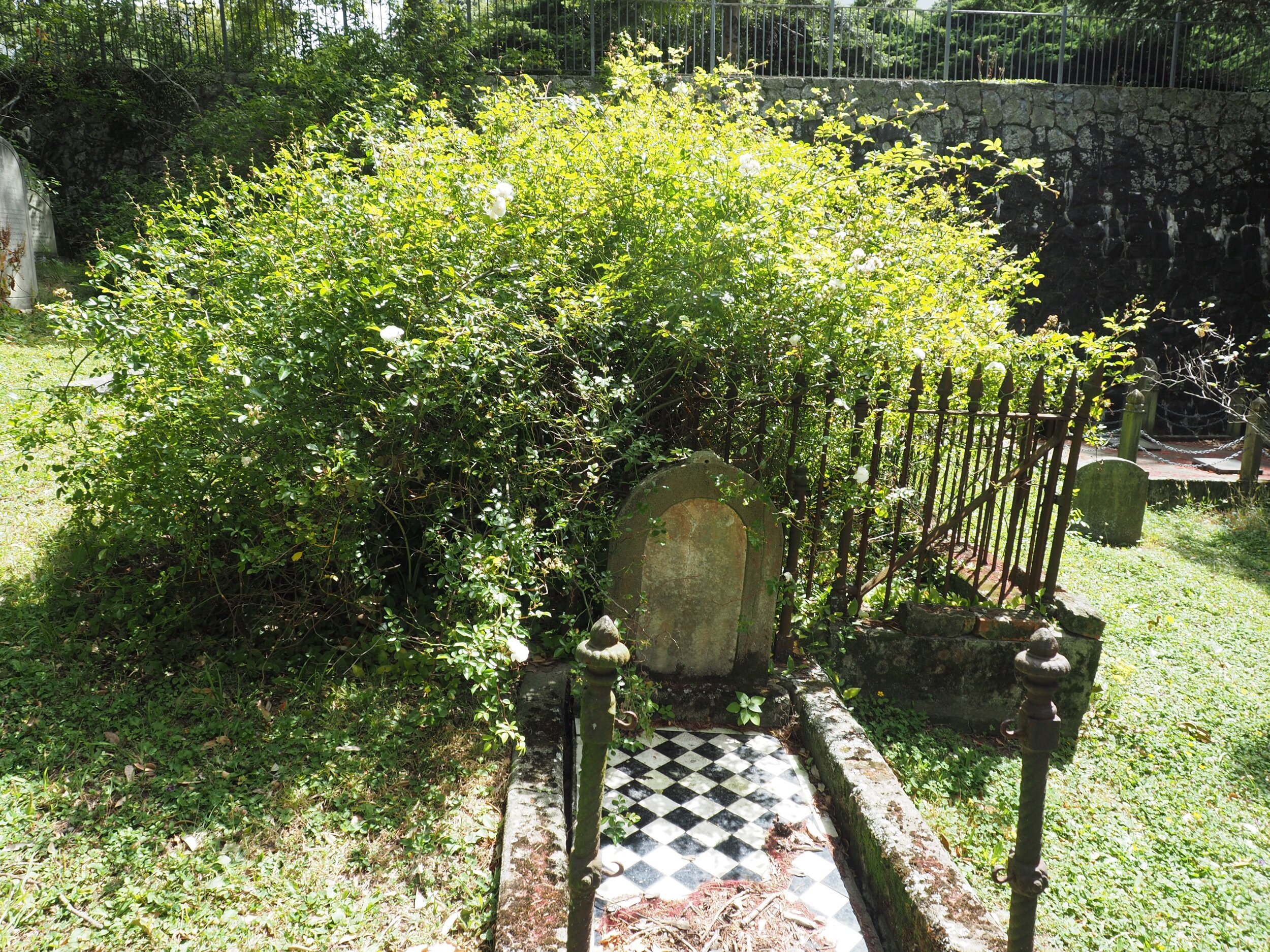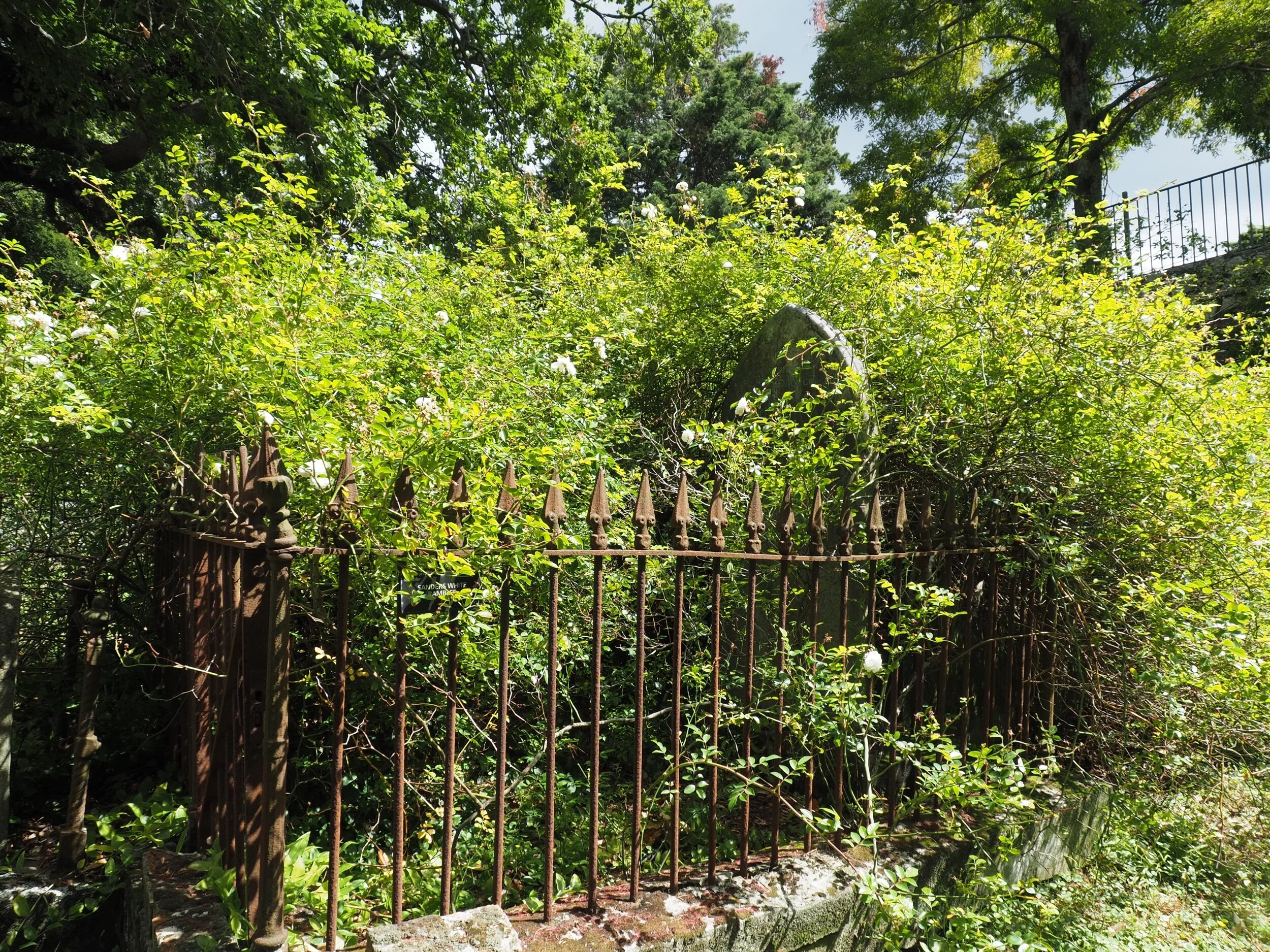On Thursday morning I found a dead rat in my front garden. It was very big and hadn’t been long dead. Its plump grey body lay in the grass by the shed steps. Two large drops of its blood lay on the top step. Its tail, because it’s always a rats tail that turns it into the devil’s minion, was long and thick and cord-like - the colour of boiled bones.
You will have guessed, unless you already knew, that I have a problem with rats. Even a rat in death has the power to paralyse me with fear – as it did on this occaision.
In my household the division of labour falls like this: my husband deals with the rodents and I deal with the insects. My 16 year old son doesn’t deal with anything, unless it’s a football or a gaming controller.
Unfortunately, the timing of the dead rat couldn’t have been worse. My husband was overseas for work. I was on my own, figuratively speaking. Of course I had my son, but I knew he wouldn’t help unless I threw ridiculous amounts of money at him.
It was rubbish day and I had to get the rat off the grass and into the rubbish bin before the truck arrived (if I were a better gardener and a better envionmentalist I would’ve composted the damn rat).
I asked my son if he’d move the rat. Naturally he refused. Not that he was doing anything in particular, not unless you call lolling about in an armchair doing something. I explained my situation – that I was terrified of rats, even dead ones. Of course he knows all this but I was hoping he’d take pity on me and offer to help. It was a long shot but I was desperate.
‘It’s time to face your fears,’ he said, and carried on lolling about. I got angry with him, which is what he wanted. His morning, which had been dull as ditchwater was starting to get interesting. He smirked. I got even angrier. I told him that unless he helped me I would go on strike – all cooking and taxi services would cease immediately. He took a moment to consider this, was I actually serious? He decided I was, because with great reluctance he accompanied me out to the front garden along with the shovel and the rubbish bin.
‘Don’t expect me to pick it up,’ he said. ‘I’m only here cause you forced me.’
I was standing a metre from the rat, shovel in hand, feeling sick.
‘It’s not even that big,’ he said. ‘Come on get the shovel under it.’
I took a step closer, my heart was racing. I practiced sliding gestures with the shovel, Imagining the rat’s plump body wobbling as I eased the metal edge under it, its legs shifting position, its tail twitching. I couldn’t do it. It was a cool day but I was sweating.
‘It might not be properly dead,’ I said. ‘It might be unconscious.’
My son dropped the bin lid on the bin, causing a loud bang. ‘See,’ he said. ‘If it was alive it would’ve jumped. It’s dead. Look, there are flies crawling on it. The fucking thing’s dead.’
I pleaded with my son to do the job for me. I was almost in tears.
‘It will be character building,’ he said, or something to that effect.
‘I can’t,’ I said. ‘I can’t do it.’
‘Yes you can, just slide the spade under it.’
‘I can’t.’
‘You can.’
‘I’ll pay you fifty bucks if you do it.’
‘Sure,’ he said and did it.
I felt like an alcoholic who’d fallen off the wagon. I was ashamed of myself.
Twenty minutes later my son approached me. ‘Are you really going to pay me fifty bucks?’
‘I said I would.’
‘I feel really bad,’ he said.
I didn’t reply. I wasn’t going to make it easy for him. The thought of paying him fifty dollars to dispose of a rat made me feel nauseous.
‘Just pay me twenty dollars, fifty is crazy,’ he said.
Stakes in the front garden.
Rats are ugly. Fear is ugly. The empty food wrappers stuffed behind my son’s bedhead are ugly. My garden stakes are ugly and so are all the weeds in my brick courtyard. At the moment all I can see are the ugly things, maybe its a late summer thing. The Wellington summer has been ugly too. It’s been windy and grey and cool. Last week we had a week of low cloud. Some days the clouds were skimming the top of the lawn.
I’ve never put any thought into garden stakes and I should’ve. They’re an essential part of the garden, especially a windblown garden like mine. I have two sorts of stakes: bamboo canes and boring wooden ones. Both of them are ugly. The reason I use them and not metal ones is that they’re cheap.
Last week I tried using short bamboo stakes instead of the usual long ones to hold up some of my Eryngium plants. I did this by cutting long stakes in half with my loppers. The new stakes were easy to hide amongst the foliage. I was a genius. I patted myself on the back for coming up with such an easy style solution. Three days ago we had gale force winds. All the Eryngium plants with small stakes were blown over. The whole exercise was a complete waste of time.
In the photo above is the second ugliest stake ever invented. The first being plastic covered bamboo stakes, which are not only ugly but an environmental travesty.
Wooden stakes are useful because they’re strong, especially when hammered into the ground with a mallet. This one is stopping my standard Hybrid Musk ‘Buff Beauty’ from blowing over. It was in the process of being blown over when I knocked the damn thing into the ground. I’m a reactive staker. I always end up staking at the point just before complete plant failure. Usually the plant in question is in a horizontal position, hours away from death. I ought to stake my plants before they need staking, that’s what a good gardener would do. But I have big ugly stakes and I don’t want to look at big ugly stakes in spring while my herbaceous plants are small. I’d end up with a garden of full of big ugly stakes, bare soil and not much else.
I’ve decided to paint all my wooden stakes ‘Mangrove’. This is the colour of my cheap fence paint and it really is the nicest green. ‘Mangrove’ isn’t a statement colour. If you want a statement colour then go for ‘black’. ‘Mangrove’ is an invisible colour. As soon as plants are growing in front of and over the fence the fence disappears. I have lots of spare paint and now I need to find some spare time to paint my wooden stakes.
My brick courtyard.
Here’s my brick courtyard. It’s infested with weeds. To keep on top of them I have to weed this area every couple of weeks. As you can see, I’m absolutely not on top of it. The weeds have won. Let me tell you, that weeding a brick courtyard is soul destroying. Every tap rooted sort of weed has made this place its home. There isn’t a tool that’s been invented that can get a tap rooted weed, in its entirety, out of a crack in a brick. I know this because I’ve tried, using every tool you can think of.
Weeds in my brick courtyard.
Before I share my plans for this area, which are born from desperation rather than art, here’s Margery Fish.
This is an excerpt from Margery Fish’s book ‘We Made A Garden’, 1956. She discusses laying a stone path. Her husband Walter was in favour of cementing the gaps between the stones to make a solid path, whereas Margery wanted plants growing in the gaps – her husband got his way to begin with, but when he died things changed.
‘I should have preferred to fill our cracks with a mixture of sand and fine soil so that tiny green plants would creep along all the stones but this was one thing Walter would not have at any price. I was allowed a very few very small holes, in which I planted thymes and Dresden China daisies, and the effect was far too neat and tidy. Time has improved things and a lot of the Somerset cement has become loosened, some of it helped, I admit, by a crowbar, and now I have little plants creeping and crawling in and out of nearly every crevice. The theory is that only my plants and not weeds grow in the cracks but a few weeds do appear, but they don’t make as much work as Walter always prophesied they would.’
Here are four photos of sort of thing Margery was, most likely, thinking of when she talked to Walter about plants growing in the gaps. I found these pictures in some of my second hand garden books. There’s even a picture of a young looking Prince Charles.
The above 4 photos come from: Gardening With Herbs by Emelie Tolley and Chris Mead, 1995 and Highgrove Portrait Of An Estate, by HRH The Prince of Wales and Charles Clover, 1993.
I’m going to turn my brick courtyard into a herb come rock garden. It’ll probably be a disaster, but really, could it look any worse than it does?
I’ll make this garden bit by bit, starting with the top steps and working my way down.
The top steps in the brick courtyard.
I’m killing the weeds slowly with a mixture of boiling water and salt. I pour it on each pernicious weed at least three times. Once the weeds are dead I’ll pull them up and fill up the cracks and holes with a homemade sandy soil (I must buy some sand). Into this soil I’ll plant plants and sow seeds. I’m going to experiment with all sorts of different plants: tall, short and creeping. I want the brick courtyard to become a tapestry of plants with a few bricks in between - rather like stepping stones. Of course many of the plants need to be robust enough to be walked on. My limited research suggests that these herbs will make sturdy mats: thyme, chamomile, pennyroyal, woolly yarrow, Corsican mint. I’ll be looking at herb gardens and rockeries for plant ideas.
Crocosmia ‘Lady Hamilton’ in my front garden.
It’s easy to get depressed with recent world events. Global warming is destroying the earth although a pandemic will probably finish us off first, and then of course there’s Donald Trump. If the most powerful democratic nation in the world chooses to cover-up a low-down dirty President, a pustule on the asshole of lies and hate and power, then the world really has gone to hell in a hand basket.
There’s only one thing left to do. Turn your back on the world and garden. If the ships going down then be the band that plays valiantly on. Put your nose in the soil and your tail in the air and grow things. You may not be able to change the big bad world but you can change your own little ones, be it your front garden, your back garden or your window sill. You can be a ‘Horton’ and save the miniature worlds. Sow seeds, take cuttings, grow food, grow flowers, grow pot plants and grow trees. Make a wild ‘one of everything’ sort of garden where animals can live.
Here’s a little bit of beauty to counteract all that damn ugliness.
This crimson rose is Roseraie De l’Hay, a Rugosa Hybrid from France, 1901. I have 2 of these bushes in my front garden. They have pea green leaves and the flowers have best rose scent of any rose.
Rozanne is stunning geranium. I love the way it grows around all of its neighbours.
Tiger Lily Yellow Bruse in my front garden.
Sanders White Rambler.
Yesterday I was walking through the Bolton Street Cemetery. Most of the old roses had finished flowering, but not this one. Sanders White Rambler, a sweet and deliciously scented rose.
On reading about this rose in my ‘Encyclopedia of Roses’ I learnt a few things. Sanders White Rambler flowers once in late summer. It’s a Wichurana rambler and is named after Mr Sander, an orchid breeder who discovered the rose and introduced it to the world in 1912. The rambler makes a very large bush, as you can see in the photos below. It has dark lustrous leaves and rosette shaped flowers, which are rain resistant.
It’s a fitting symbol of life. I’m sure I can find a place for Sanders White Rambler in a corner of my garden.

